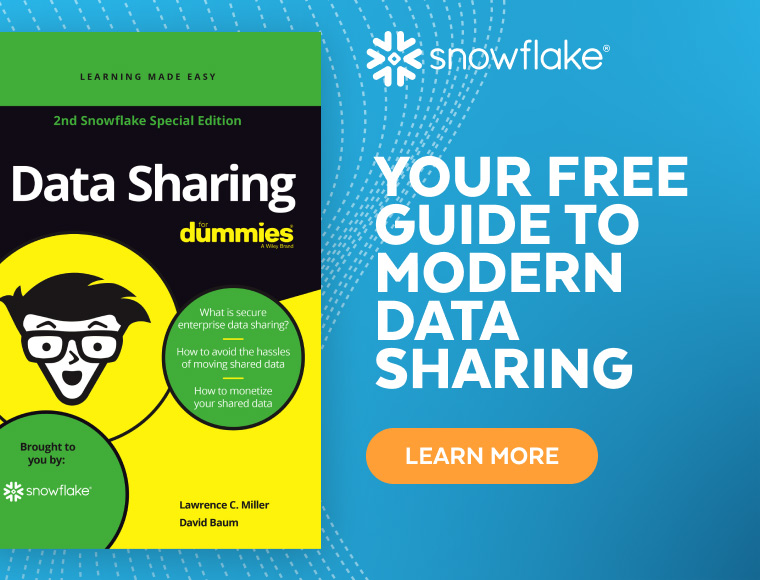Data monetization is when data providers charges data consumers to access to a provider's data. The data consumer is usually trying to enrich or augment their existing data to the direct benefit of their business or to benefit their customers or partners.
Data Monetization Trends
Modern data sharing is growing every year as data volumes continue to grow exponentially. "Data is the new currency" or "every company is a data company" may sound like cliches, but in today's hyper competitive and global marketplace, possessing timely and relevant business data is often the difference between success and failure. According to IDC, 95% of organizations will digitally consume some form of outside data KPIs by 2023. And, access to the right data at the right time is often still sorely lacking. In a recent study of 400+ companies in 34 countries, only 1 in 12 were fully monetizing their data. This means that data demand is still outstripping demand and many organizations that could be potentially successful may not be fully aware of the digital gold possess or which tools or technologies they need to bring it to market.
Before considering data monetization, organizations should first ask themselves a few questions:
- Are your customers searching for better data or insights?
- Do you have customers requesting access to specific data sets they do not possess internally?
- Are customers currently not satisfied with your data sharing capabilities?
- Are customer data requests an internal resource strain?
If your business can answer yes to at least few of these questions, there is a case to be made for improved data sharing and monetization. The next step is to determine what strategy is the best fit for your organization. Common data monetization strategies include selling direct access to raw data sets, billing for specific or targeted data services (including data enrichment), or potentially providing fee-based data analytics.
Snowflake and Data Monetization
If you are only just starting a data monetization project, APIs may appear to be a simple and quick method for data sharing. Before going too far down this path, consider some of the significant challenges that can arise with an API-based approach, including:
- Limits to the volume of accessible data at any given time
- The internal resource expertise needed to develop and maintain APIs
- Limits to the types of analyses data consumers can use
- Forcing data consumers to learn your custom APIs
- Frequent issues with quality and performance
Instead of relying on performance constrained and hard to maintain APIs, consider deploying modern data sharing methods such as the Snowflake Marketplace, which allows companies to easily publish a variety of data sets that then become immediately available for use or purchase by other Snowflake users.
